What Is an Biological Hazard Definition
Biological hazards
For: Employers and managers Information seekers
Biological hazards are organic substances that present a threat to the health of people and other living organisms.
Types of biological hazards
Biological hazards include:
- viruses
- toxins from biological sources
- spores
- fungi
- pathogenic micro-organisms
- bio-active substances.
Worldwide, around 320,000 workers die each year from communicable diseases caused by work-related exposure to biological hazards (European Agency for Safety and Health at Work).
Risks from biological hazards
Biological hazards pose risks for many workers. The risk of exposure is not always obvious.
Safe Work Australia provides practical advice to help you identify and manage biological hazards:
- National Hazard Exposure Worker Surveillance: Exposure to biological hazards and the provision of controls against biological hazards in Australian workplaces
- Identify, assess and control hazards guidance, reports and case studies.
Animals and animal products
People who work with live animals or animal products, such as blood, tissue, milk and eggs, are exposed to animal diseases and infections.
Some of these can infect people, like avian flu or Hendra virus, or cause serious allergy from being sensitised.
Human bodily matter
Workers in health care may be exposed to biological hazards through contact with human bodily matter, such as blood, tissue, saliva, mucus, urine and faeces.
These substances have a high risk of containing viral or bacterial diseases.
Moulds and yeasts
In some industries, exposure to moulds and yeasts is common. This is the case in workplaces with air conditioning systems and high humidity, and in the construction industry.
Organic material
In the work environment, people may be exposed to rubbish, waste water and sewerage, plant materials, organic dusts and food.
Work health and safety (WHS) matters
Notify us of an incident
The 'person conducting a business or undertaking' (PCBU) – who is usually the employer – is responsible for reporting notifiable incidents to Comcare.
An incident is notifiable if it results from the conduct of the business or undertaking and causes the death of a person, serious injury or serious illness of a person, or is a dangerous incident.
See Responding to an incident for information on how to notify us and other responsibilities such as preserving the site.
Inform us of a WHS concern
If you are a worker or member of the public, you can inform us of a work health and safety (WHS) concern or contact us if you have a WHS enquiry.
Email whs.help@comcare.gov.au or call us on 1300 366 979.
Workers are encouraged to speak with their employer or health and safety representative (HSR) about their concern in the first instance, if comfortable to do so. This ensures that the employer is aware of the work health and safety concern and provides them with an opportunity to resolve the issue.
After you contact us, we will respond to you within five business days. We will advise you of actions that can be taken and will also let you know if there is another agency or support you can contact.
Training on preventing injury at work
We provide training through our learning management system called Comcare LMS.
To access our training, you first need to create an account in Comcare LMS (see the steps to create an account). Then, select the training item that you are interested in and login with your email and password.

Live learning (instructor led)
Mode: In-house
Cost: Paid

Live learning (instructor led)
Mode: In-house
Cost: Paid

Digital learning
Mode: Self-paced
Cost: Free

Digital learning
Mode: Micro-learn
Cost: Free
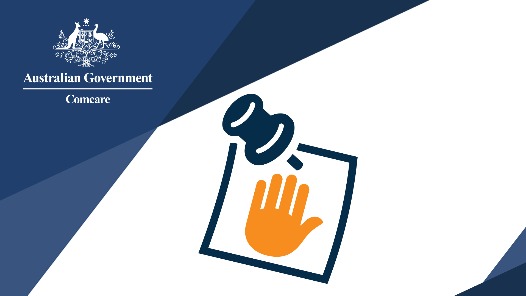
Video
Mode: Micro-learn
Cost: Free

Video
Mode: Micro-learn
Cost: Free
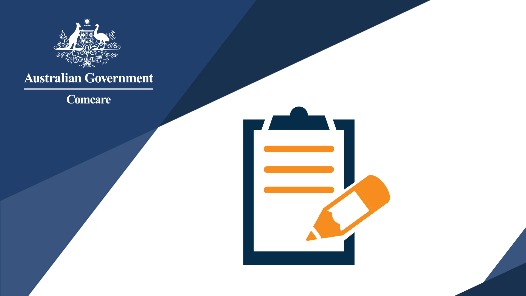
Video
Mode: Micro-learn
Cost: Free

Digital learning
Mode: Self-paced
Cost: Free

Digital learning
Mode: Self-paced
Cost: Free
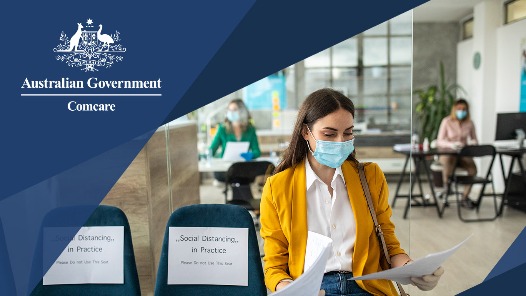
Digital learning
Mode: Self-paced
Cost: Free
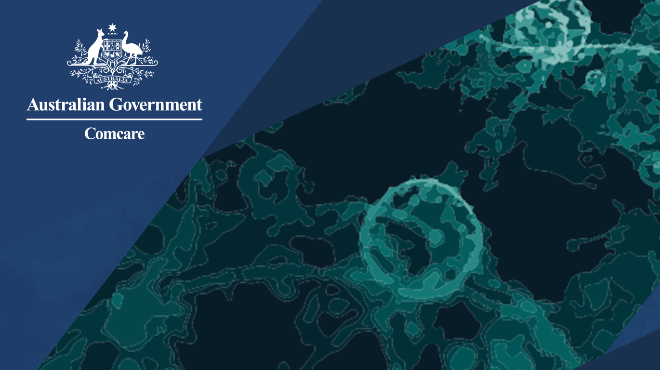
Digital learning
Mode: Self-paced
Cost: Free

Live learning (instructor led)
Mode: In-house
Cost: Paid

Live learning (instructor led)
Mode: In-house
Cost: Paid
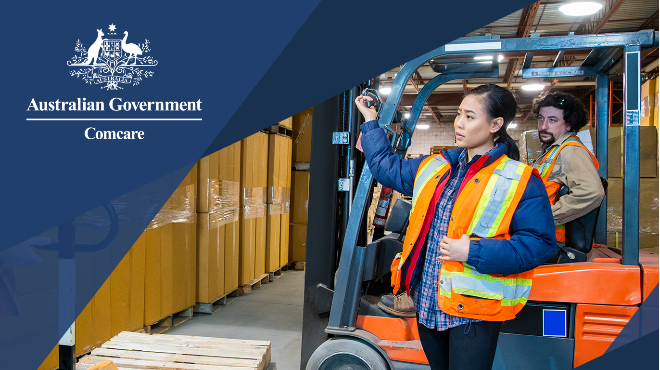
Live learning (instructor led)
Mode: In-house
Cost: Paid

Live learning (instructor led)
Mode: In-house
Cost: Paid

Live learning (instructor led)
Mode: In-house
Cost: Paid

Digital learning
Mode: Self-paced
Cost: Free
For more information about the training we offer, see Training and learning.
Page last reviewed: 25 November 2020
What Is an Biological Hazard Definition
Source: https://www.comcare.gov.au/safe-healthy-work/prevent-harm/biological-hazards